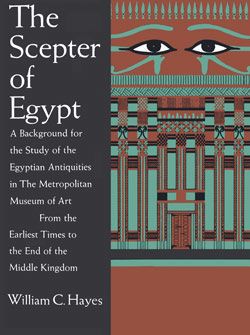Model of a House
Middle Kingdom
Not on view
At Rifa in middle Egypt, the British excavator William Flinders Petrie found clay models of houses such as this placed near burials in such a way that he concluded they had been placed above the burials. He called them "soul houses." At other sites such as Thebes, oval clay trays have been found that include sometimes rough reproductions of huts and always little offerings modelled in clay. These trays were placed in and at the entrances to tombs. Most of the models have a kind of spout at the front through which libation water could flow into the ground.
This model from Rifa of the "soul house" type represents a house with a three-columned portico behind a walled courtyard; in front of the courtyard a libation spout is partly preserved. A stairway on the right gives access to the roof of the house, where an arched opening represents a feature in actual houses through which cool air was conducted into the main bedroom. On the left wall of the house a barred window is indicated. A mid-thirteenth dynasty date for this particular house model is indicated by the pottery found in the burial with which it was associated.
This image cannot be enlarged, viewed at full screen, or downloaded.


